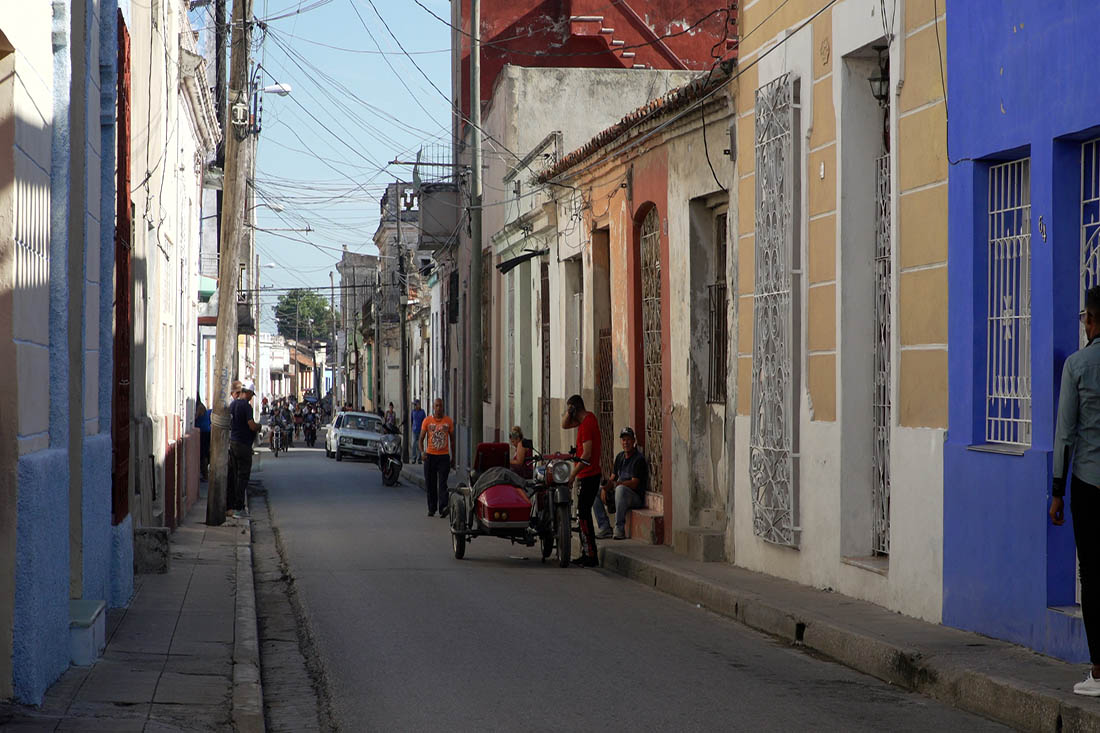The broken plate shape that has the layout of Camagüey’s streets causes the city to be full of alleys and small streets, just a few blocks long. One of them is what we know today as Lope Recio, in honor of the Division General of the Wars of Independence Lope Recio Loynaz.
“In the process of forming the alleys and streets of colonial Puerto Príncipe, this artery of only four blocks arose and in the 19th century had 44 houses and three rooms. It was known indistinctly as Las Mercedes or La Merced”, explained the researcher Fernando Crespo Baró.
That name was due to the position it had with respect to the altar of the original Church of Las Mercedes. However, at the end of the Spanish rule over the island and being General Lope Recio still alive, in January 1899 it was decided to name it as we know it today.
Buildings along this artery were the headquarters of relevant city centers in the 21st century, such as Billar and Fonda el Prado, one of the most visited sites of the time. Juan de Moya, a character associated with the legend of Dolores Rondón, also had his barbershop on this street. In addition, the surgeon and dentist Juan Federico Peirellade lived who offered free consultations to the poorest people; El Fanal de Puerto Príncipe printing house was located in that same place, which carried out the circulation of several fundamentalist publications.
About the street and its history
The old Merced street was also linked to independence. In it, a dead end with a huge portal in the background, which gave way to the patio of the Arango family house, was an important site of conspiracy.
“In that courtyard cockfights took place, but behind them were the secret meetings of the conspiracy board of Suns and Rays of Bolívar, which in Camagüey was called the Triangular Chain League. In addition, we know that these Arango and other people went to Colombia to ask Simón Bolívar for support for the independence of Cuba, so we are talking about the fact that this alley is one of the most important in the historic center”, adds Crespo Baró.
The old Oriente Hotel, whose owner was a fundamentalist, was also the epicenter of a curious event linked to independence.
“Towards the month of October 1892, something unusual happened for the Spanish authorities. The procession of Our Lady of the Rosary was taking place and Enrique Loynas del Castillo, who was staying on the second floor of the hotel, placed the Cuban flag next to that of Santo Domingo or the Dominican because together they were both fighting for their independence. This of course cost him a tremendous reprimand from the authorities.”
In the last century, important buildings were also built there, such as the one that served as the headquarters of the old College of Journalists, today the Provincial Directorate of the Confederation of Cuban Workers in Camagüey.
Lope Recio, more than a street or site of deserved tribute to a great man, is a source of historical knowledge, a road that seen in sepia or color, keeps in its stones traces of Camagüey’s memories.
Translated by: Aileen Álvarez García






